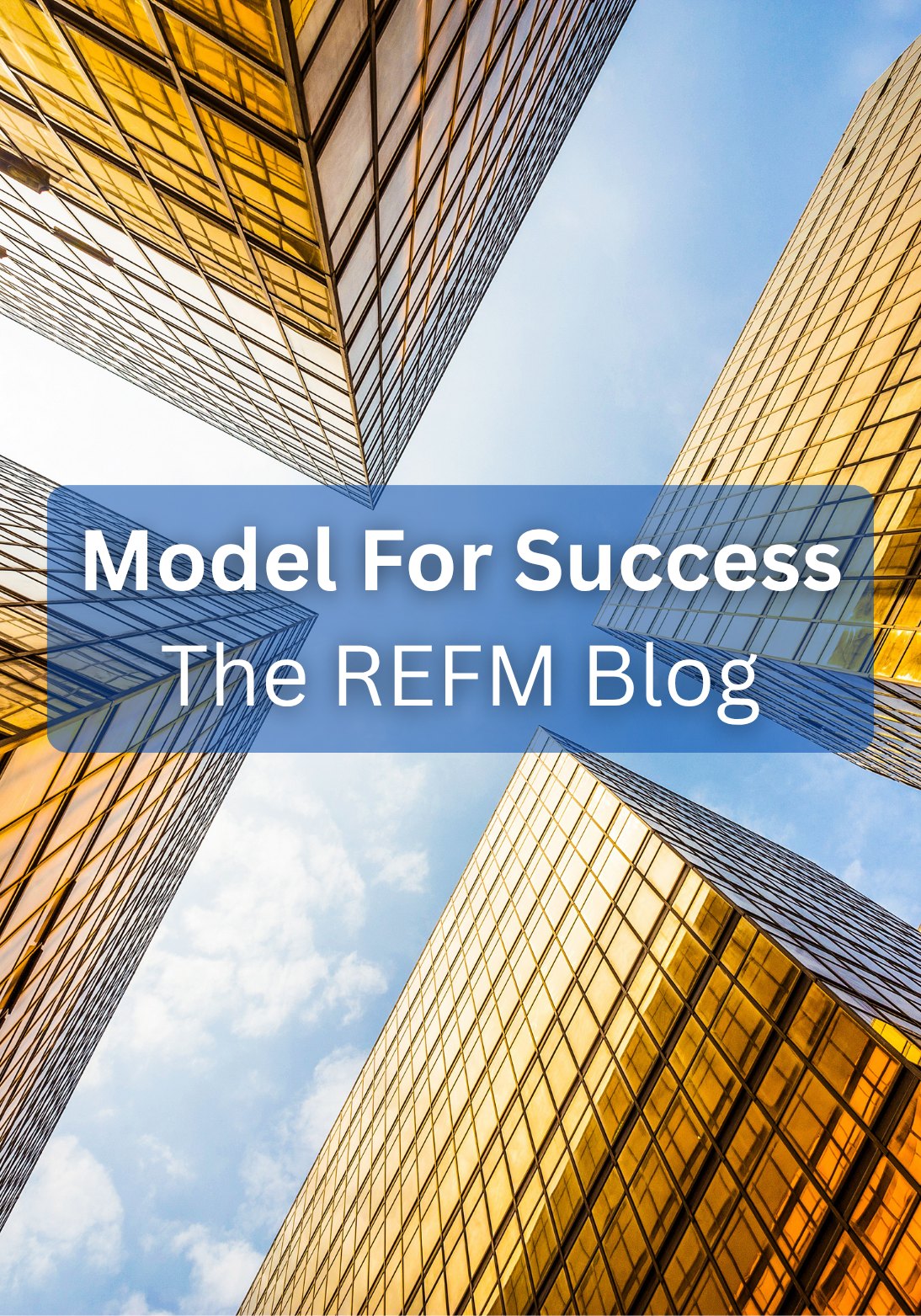Almost sounds too good to be true, like a perpetual motion machine. Let’s find out what it really means.
At its most basic, a “self-financing project” is one that uses its own newly-developed collateral value to generate or secure funding for further project development.
As an example of generating funding, let’s use a residential condominium project that has multiple separate buildings. Let’s say you get a construction loan for the first building, and you sell it out (as every pro-forma cheerily indicates) and make a 20% profit. If the overall development plan calls for subsequent buildings, you can plow that profit back into the project to build the next building. This can go on for multiple rounds depending on sales and how many more buildings there are to build. (Here’s an example of a project of this type).
As an example of securing funding, let’s use the same physical project described above, but assume that it is to be operated as rental units. Once the first building is built and occupancy is stabilized, you could refinance the project with a permanent loan (secured by the operating asset), pay off the construction loan in full, and use excess proceeds to equity from the permanent loan funding to fund the construction of the subsequent buildings.
A variation on securing funding is if the construction funding is structured as a line of credit, which is paid down upon the refinancing, freeing up credit to pursue the further development of the project.
Please put thoughts, comments and questions below.


